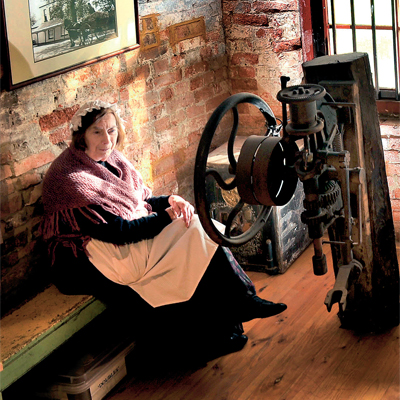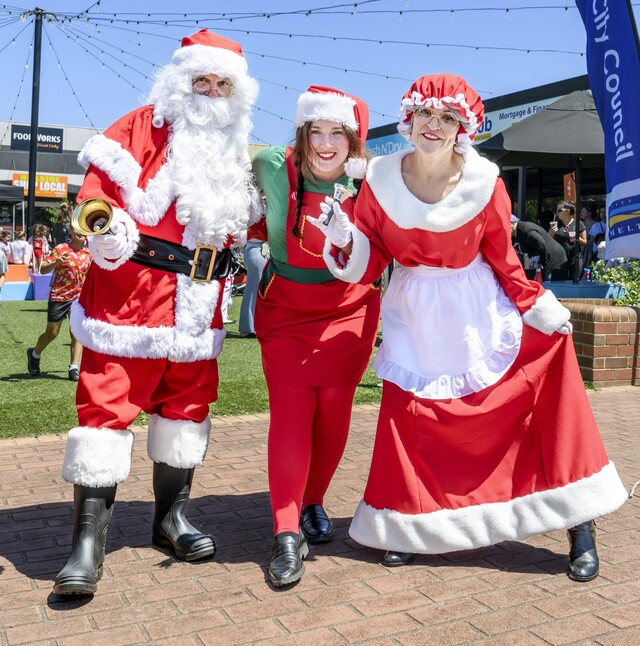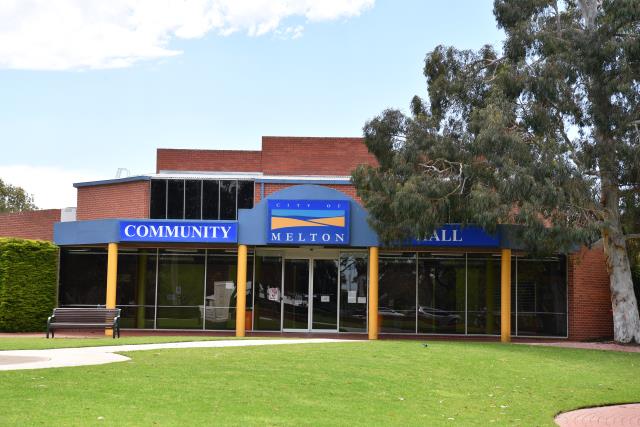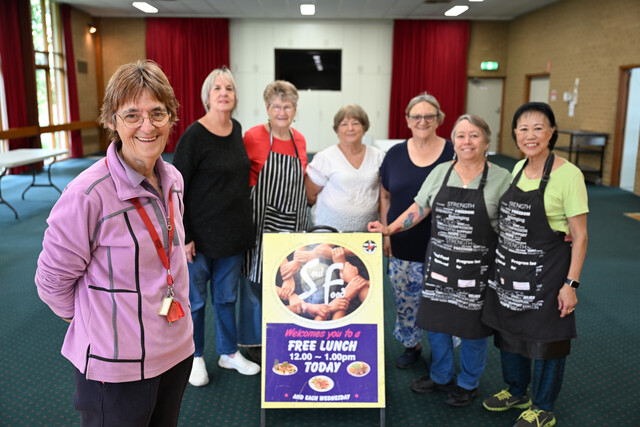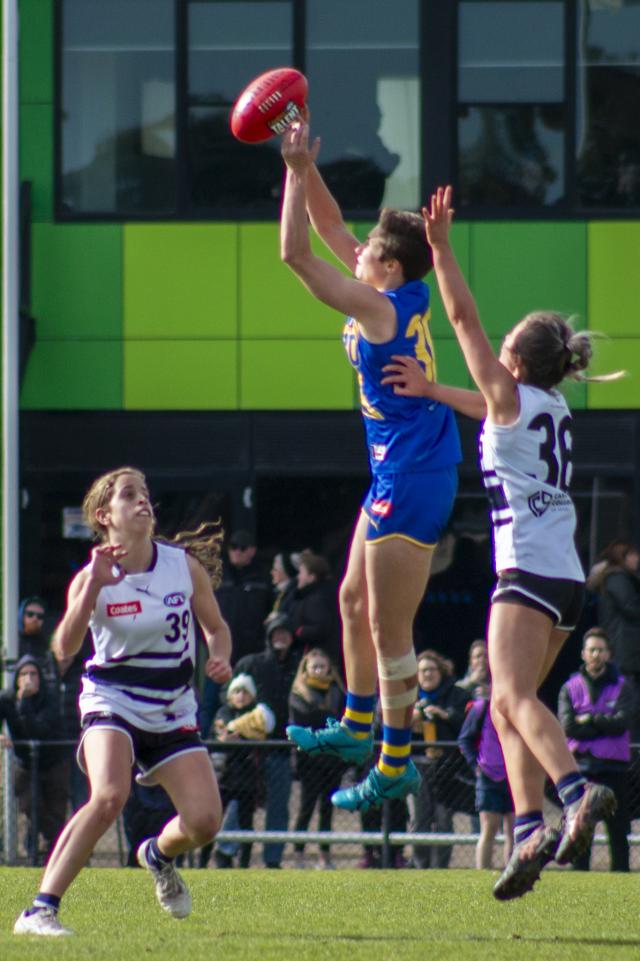The most valuable assets in Victoria’s community collections are very much alive, Sarah Harris discovers.
The treasure Peter Pagidas found in Broadmeadows Museum wasn’t actually on public display. But a year after he was forced to shut his long-established photography business and join the unemployment line, he discovered some measure of confidence among the museum archives.
Under the work-for-the-dole scheme Pagidas might have chosen to work as a lollipop man or to transport nursing-home residents, but he wanted to put his professional skills to use.
“This way we are both benefiting, because I can use my skills when we are scanning images, but I’m also learning new skills like archiving,” he says.
Along the way he has also gained a greater appreciation of the history underpinning communities.
Victoria boasts more than 740 community museums like the Broadmeadows repository.
But as Peta Knott, the project manager for Victorian Collections explains, there are also many treasures held by sporting groups as well as the clubs and societies representing special interest and professional groups.
“Just how much is out there is kind of an unknown,” she says. It’s the aim of Victoria Collections to help digitise details of this vast trove. Since the joint Museums Victoria and Museums Australia (Victoria) project started late last year 165 community groups – as diverse as the Cheese World Museum and the Snuff Puppets Theatre Company – have become part of the online data base, cataloguing almost 5000 items between them.
By making their treasures available online, the custodians are learning more about them.
As Jean Lycett, the curator of the Bacchus Marsh Blacksmith Cottage and Forge complex explains, it is the local stories attached to the items which give them real currency.
“This cottage, for example, reflects a period of time, but also tells a wonderful story about the people who lived in that time,” she says. “Like this top hat, which was worn by one of the councillors to the Australian parliament in Melbourne, before Canberra was built.”
To this day politics continues to influence life in the cottage. Like most museums, it relies on ageing volunteers operating on a minimal budget.
“It is a struggle,” Lycett admits. “Thankfully the shire council has come to the party in the past few years, but we can never be entirely sure of funding. What we earn is never enough.
‘‘Anything we do has to be passed by a heritage architect and then get a permit from Heritage Victoria. Nothing gets done very quickly and never cheaply.”
Museums are often not high on the priority list for over-stretched councils, especially in growth areas where there are more pressing infrastructure demands.
“We fought long and hard to get a museum,” Glenda Hutchison, president of Melton and District Historical Society admits.
“We are really trying to keep our stories alive, but in spite of the numbers moving here we struggle to get members and I sometimes wonder if people really care.”
The space at the rear of the men’s shed in the grounds of Diggers Rest’s Willows Historical Park may be modest but it houses a beautiful scale model of the plane in which Harry Houdini made the first controlled powered flight in Australia. It’s a moment of genuine national significance on local soil.
Across the Calder Freeway, volunteer Joan Houston serves as a living link to several of the exhibits in Sunbury’s George Evans Museum.
It was from the crystal goblet on display her grandmother Margaret O’Brien – wife of then Bulla Shire president Terrance O’Brien – accepted the first sip of water from the Joseph Starkie Memorial fountain at the official opening in 1915.
“I have been in Sunbury all my life and my family has, back to my great grandparents,’’ she says. ‘‘In the storeroom is the old shire president’s chair. My grandfather would have sat in that. That connection makes me proud.”
Kyneton Museum – a landmark two-storey bluestone building with stables and extensive outbuildings – also has its Friends who every year raise thousands of dollars through the Kyneton Antique Fair.
While this museum benefits from the Macedon Ranges Council’s commitment as owner and operator, the money raised by the Friends of Kyneton Museum helps pay for extras like signs and soundscapes, exhibition curator Bronwyn Wilson explains.
The old Bank of NSW building houses treasures as small as the pincushion made from a scrap of one of Queen Victoria’s gowns by a one-time ladies’ maid, to a press once used to print The Age, and horse-drawn carriages.
But while the eclectic Kyneton collection was the result of donations by hundreds of people throughout the district, Victoria’s newest museum at Craigieburn is largely the result of one man’s collecting.
The Victoria State Emergency Service Museum owes its existence to the foresight of Brian Rickard, a permanent officer from 1976 to 2003, who recognised that junked items – like early models of the “jaws of life”, uniforms, badges and even a Schermuly rocket launcher used to fire rope across a gorge or ravine – told the back story of the modern organisation.
“When the service was modernising he used to dumpster-dive to save pieces because he knew that they were a part of the history, “ Craigieburn SES volunteer and museum committee member Naomi Bortolin reveals.
The RAAF boasts Australia’s best example of a service museum, located appropriately at Point Cook where the organisation had its genesis in the Australian Flying Corps.
The RAAF Museum attracts 140,000 visitors a year and runs to 12 hangars with a collection including 400,000 objects, one million photographs, four million negatives and dozens of aircraft dating from WWI fighters to an F-111 jet.
Some items in the collection such as WWII secret agent Nancy Wake’s silk map, bayonet and Luger pistol are of clear national significance, but it’s those who did not achieve such legendary status as the White Mouse who provide the most poignant local connections, as museum director David Gardner explains.
“For example a lot of people don’t realise that members of the RAAF were also prisoners in Malaya and Singapore. But we had a local fellow by the name of Eddy Henderson who was on the Burma Railway and we have his kitbag, housewife kit, his water bottle and some of the rail spikes he had acquired.”
These items tell the stories not only of the POWs, but also the RAAF involvement and the experience of a local person.
It’s such things that ground communities and bolster pride.

